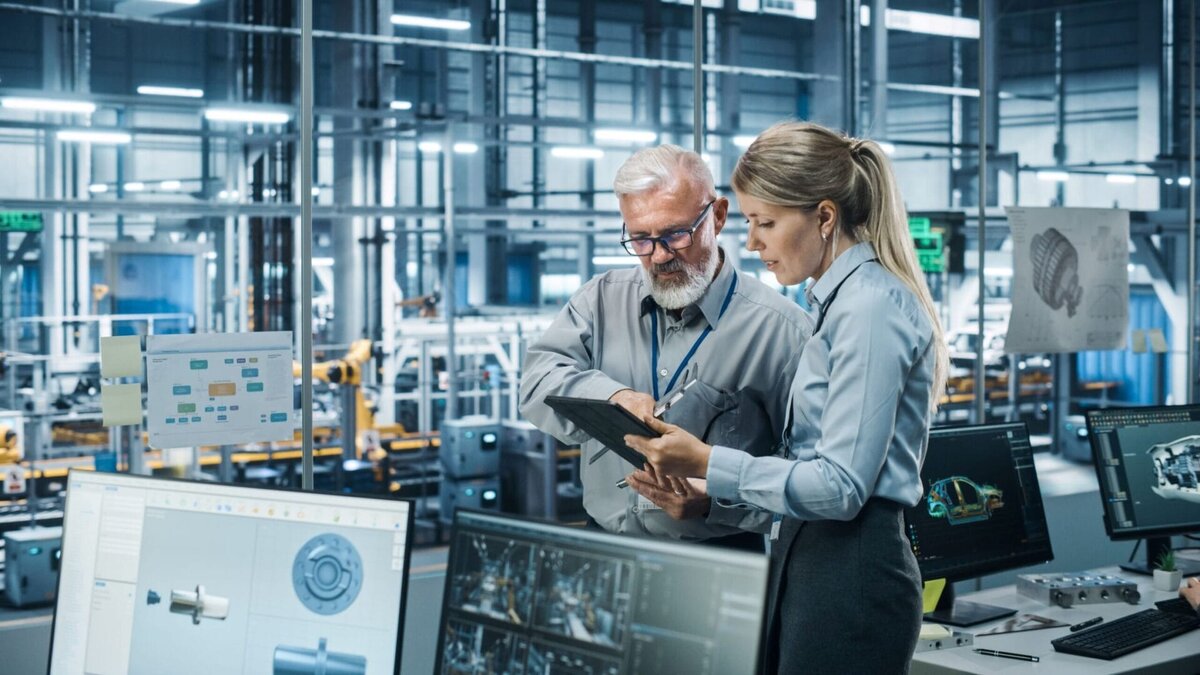~ Deploying AI at different stages of the production process ~
Many companies are beginning to invest in AI for improved quality inspection. When doing so, they typically employ a firewall strategy, implementing AI at the end of their production line to prevent defective parts from leaving the plant. In this article, Zohar Kantor, chief revenue officer at AI software developer QualiSense, explains the benefits of deploying AI visual inspection systems at earlier stages in the production process.
The introduction of AI in visual inspection is not an isolated technological breakthrough, but part of the latest stage in the digital transformation of manufacturing that has been accelerating in the last decade. Furthermore, use of AI in visual inspection is not new, but while traditional rule-based algorithms were ill-suited for complex tasks, deep learning algorithms can develop a more general understanding of what constitutes a defect and apply that to more complex use cases.
The firewall strategy
The benefits of deploying AI in visual inspection are enormous. Even conservative estimates suggest the average human inspector will make a mistake ten per cent of the time. In contrast, most machine-learning AI algorithms make mistakes on less than one per cent of occasions. Adapting the technology to particular use cases can be challenging, but the benefits of success are game-changing.
This is especially true in industries where the cost of a defect is very high. In sectors like automotive and aerospace, parts suppliers need to inspect one hundred per cent of production, to minimise the risk of defective parts leaving the plant. Implementing a firewall strategy by having a robust quality inspection system at the end of the production line is essential in industries where OEMs can file complaints against suppliers who provide defective parts.
As it is the end of the production line where companies are bleeding most, deploying a visual inspection system here makes the firewall strategy the first port of call for most companies as they enter the world of AI in visual inspection. But can we go further than this?

Beyond the firewall
In the example given above, AI systems are replacing human workers. However, the next step will likely involve the deployment of AI at earlier stages of the production process, where currently there is less or no inspection at all. With this strategy, you unlock the benefits of saving material, reducing scrap and optimising processes.
The limitation of the firewall strategy is that you don’t automatically know where the defect is being introduced, although the data furnished from AI might provide a clue. Without this information, you risk a situation where you are adding more value to a product that is already defective, especially if the defect was introduced at an earlier stage of the production process. Furthermore, without knowing at which stage of the process the defect originated, you can only continue to address the symptom and not the cause.
By deploying AI inspection systems at earlier stages of the production process, you can catch defects at the point of occurrence, which will prevent unnecessary work and materials being added to a product that will be discarded at the end of the production line. In addition, if you catch the defect at source, the quality manager can then optimise the production processes to avoid the defect being reintroduced in future, a classic example of augmented AI, where man and machines are allies in improving efficiency.
Technological breakthroughs such as QSort, which has made it eighty times faster to carry out the process of image sorting required to build an AI model, will inevitably lead to more companies increasing their reliance on AI in quality control. While a firewall strategy may be the first step for most manufacturers, the ultimate end goal of AI in quality inspection is not simply replacing manual inspection at the end of the production line, but deploying inspection across the production process from start to finish to reach a total QA strategy across the plant.
Zohar Kantor is Chief Revenue Officer at quality inspection software start-up QualiSense. He has worked with companies such as Bosch, BMW, Mahle and Schneider Electric to help them optimise their operations through the introduction of AI-based solutions for defect detection. To find out how AI can help improve quality inspection for your business, visit qualisense.ai







